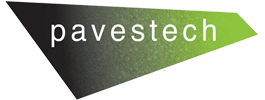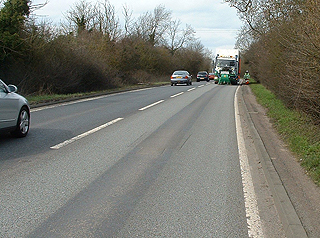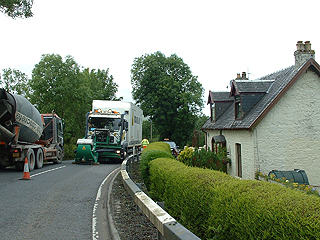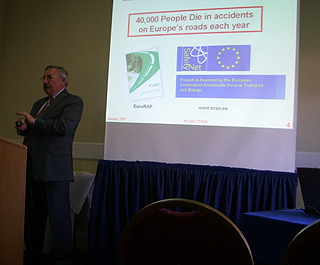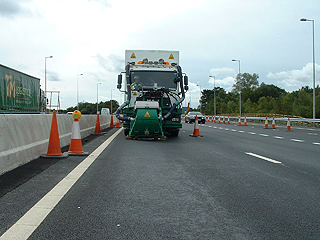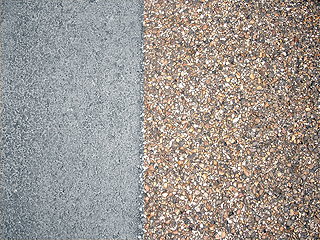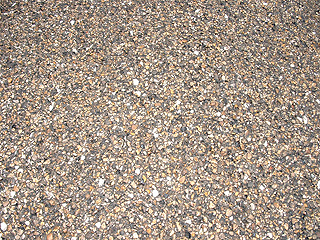Frequently Asked Questions
How long does it last?
That depends on the properties of the aggregate used in the surface course, the retexturing process exposes a fresh new face to the aggregate,it does not change it's properties, if it took 5 years to become worn and polished by traffic then it will take about the same length of time again if the traffic levels are the same.
Does it damage the surface?
Pavestech uses the HVIM (High Velocity Impact Method) dry shot blasting, there is no water used, no scabbling or hammering sideways force which could weaken the surface. Less than 1mm is removed and provided the surface is sound and suitable for retexturing there is no loss of structural integrity or durability. All proposed sites are inspected for suitability beforehand and only our own fully trained certificated operators carry out the work.
Does it shorten the life of the surface by letting water in?
No. Pavestech’s HVIM retexturing process will not have any effect on the degree of water penetration into the asphalt matrix. The process restores the microtexture of the aggregate particles on the surface and removes the debris and oxidised binder between the aggregate particles to restore macrotexture, this enhances the surface’s ability to shed water, improves the surface drainability and therefore reduces the freeze/thaw effect of trapped pockets of water. The HVIM process does not penetrate deep in to the asphalt matrix and wash out excess binder which can happen with other methods.
What level of skid resistance will be achieved?
The level of skid resistance achieved will depend on the surface course design,the aggregate properties in particular the PSV (Polished Stone Value), the aggregate size and the texture depth. However the Pavestech HVIM retexturing process will ensure that the best possible skid resistance is achieved from the designed material.
Can any surface be retextured?
Almost. Generally all asphalt and concrete and asphaltic concrete to use the new terminology can be retextured provided it is structurally sound. Retexturing can not make a poor condition aged surface with cracks and potholes into a new good surface. Retexturing is primarily used to restore skid resistance on sound surfaces which have become polished or worn and lost texture depth or on new SMA type surfaces which are fatted or have poor early life skid resistance. Surfaces which have been surface dressed several times and are fatting up are not suitable for retexturing.
Does it affect joints or sealed loops?
Generally No. If joints/seals are in good condition they will not be affected, if however they are brittle or failing then the joint will be cleaned of any loose material. This is an excellent opportunity to reseal these while they are cleaned.
Does it affect lines and markings?
Centre lines and edge lines can be avoided completely so where they are in good condition there is no need to re-do them. Markings within the lane will be removed if worn or partially removed if good and will need re-marking.
Can it be done anytime of year?
Yes, but bear in mind it is a dry process and can only be done in dry conditions.
What TM is required?
That will depend entirely on the situation of each site, most efficient working is achieved with long straight runs where the process moves along slowly and could be managed as mobile works. TM is always carried out by fully approved specialist TM contractors and is often provided by the client.
Can it be done at night?
Yes. Generally the retexturing operation on Motorways and Major routes is carried out at night. This usually gives longer working shifts than daytime and the work is therefore completed in a shorter period.
Can fatted up surface dressing be retextured?
No. Usually when surface dressing starts getting excess bitumen on the surface, particularly in hot weather it is because several layers have been laid over the years and when the bitumen softens in hot weather the aggregate is pressed down below the surface. Retexturing of any kind is unlikely to be successful in this situation. The only real solution is to plane off the surface and relay an appropriate surface course.
Can retexturing be done again on the same surface
Yes, provided the surface is sound and the problem is only one of polished surface / loss of texture it can successfully be retextured again.
How much of the surface is removed?
The Pavestech HVIM retexturing removes less than 1mm of material, so there is no problem with levels of ironwork, kerbs, gulleys or other surface mounted items.
Does it improve macrotexture as well as microtexture?
Yes. Unlike other types of retexturing, Pavestech's HVIM retexturing will restore and improve both Microtexture and Macrotexture.
What happens to the removed material?
There is no dust or debris left on the surface, the retexturing unit vacuums up everything as it works so the road can be trafficked immediately behind the retexturing unit. The removed material is a fine aggregate/bitumen material which is classified as 'bituminous arisings' and can be fully recycled at an asphalt production facility, ideally back to the same facility that produced the asphalt surface course.
What IS MACROTEXTURE?
Macrotexture or texture depth is the amount of space, gaps or voids between the aggregate particles in the road surface.
It is this macrotexture which allows the water to drain away from the surface and greatly contributes to skid resistance in wet conditions.
What IS MICROTEXTURE?
The microtexture of a surface is provided by the roughness or texture of the surface of the individual aggregate particles.
It is the main contributor to providing grip or skid resistance with the tyre, particularly at low speeds.
